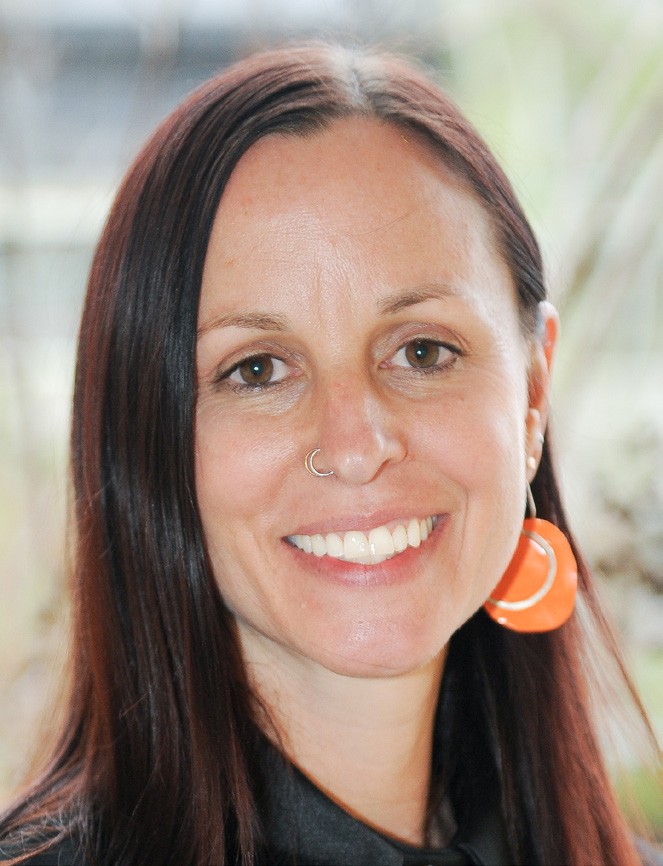mioptometrists
Advancing Expertise
in Optometry and the Community
WRITER Skye Cappuccio
Optometry Australia (OA) is seeking to advance credentials within the profession while ensuring future generations are equipped to achieve their potential as well.
Congratulations to the pioneering group of optometrists who have successfully completed the inaugural round of Optometry Australia’s Advanced Practice Recognition (APR) program in glaucoma management. Their achievement marks the beginning of a new era for the profession – one where advanced expertise is not just practised but formally recognised. Those who have earned the title ‘Optometry Australia Credentialled Advanced Practitioner – Glaucoma (OACAP-G)’ have demonstrated exceptional depth of knowledge, clinical skill, and leadership in managing one of the most complex eye diseases.
RAISING THE BAR
The new program was born from OA’s Optometry 2040 vision: to ensure optometrists have strong, rewarding career pathways that match the evolving demands of eye health.1
APR offers a rigorous yet practical five-step process: applicants provide a curriculum vitae, log advanced clinical experience, submit case reports, demonstrate leadership capability, and undergo a clinical interview with an expert panel. The practitioners who have completed the program will attest that this is not a ‘tick-box’ exercise, rather a robust assessment that reflects the realities of practice at an advanced level.
Recognition comes with tangible rewards. Beyond the right to use the OACAP-G post-nominal, successful practitioners gain peer recognition, listing in a national directory, networking opportunities, and attend an annual symposium to explore the latest in glaucoma – extending beyond traditional professional development. Importantly, OACAP-G also helps raise the profile of optometry within multidisciplinary care.
To maintain recognition, practitioners must continue to demonstrate their commitment: managing at least 20 glaucoma patients annually and attending the symposium each year. This ongoing requirement ensures the credential remains a meaningful marker of current expertise, not simply a one-off milestone.
As the program expands, future rounds will broaden into other areas of advanced practice – creating an enduring pathway for optometrists and a visible signal of excellence to both patients and colleagues, and encouraging greater optometry-to-optometry referrals to strengthen collaborative care.
UNIVERSAL PRESCHOOL VISION SCREENING
OA is also championing change for the nation’s youngest eyes. There is plenty of work afoot around the country. New South Wales has an established universal preschool vision screening program, and following advocacy from Optometry Queensland Northern Territory, Queensland will introduce vision screening as part of free health checks for all kindergarten children. Victoria and South Australia already offer some screening services. However, these are fragmented, inconsistent, and often without robust follow up.
With state elections coming up in South Australia and Victoria, eye health leaders are calling for statewide, evidence-based programs that reach every child, regardless of geography or socioeconomic status.
The case for action is compelling. Around one in five children has a vision problem significant enough to impact learning, yet many remain undiagnosed until their struggles become visible in the classroom. Conditions like amblyopia and uncorrected refractive error are both common and highly treatable if caught early. Left untreated, however, they can lead to lifelong impairment and undermine a child’s confidence, participation, and educational achievement.
The proposal is straightforward: every four-year-old child would be screened before starting school, with those identified as at risk referred to a local eye health professional for full assessment.
Evidence shows that universal screening works. Vision 2020 Australia’s National Framework highlights the importance of screening between 3.5-5 years, when the visual system is most responsive to treatment. Studies also demonstrate the link between vision and learning outcomes, with Year Three students who have visual impairment scoring significantly lower in literacy and numeracy testing. Early intervention is not only cost-effective, but also life changing.
TOWARDS A POSITIVE FUTURE
Together, these two initiatives – Advanced Practice Recognition and state-based universal children’s vision screening – demonstrate the breadth of activity to pursue a positive future for Australian optometry. One focusses inward, creating new pathways for optometrists who strive for advanced expertise. The other looks outward, ensuring children are supported to access the eye care they need.
Together they remind us that optometry is more than a profession of expertise – it is a profession of advocacy – for optometry, optometrists, and community eye health.

“optometry is more than a profession of expertise – it is a profession of advocacy”
Skye Cappuccio is the Chief Executive Officer of Optometry Australia.
Reference available at mivision.com.au.